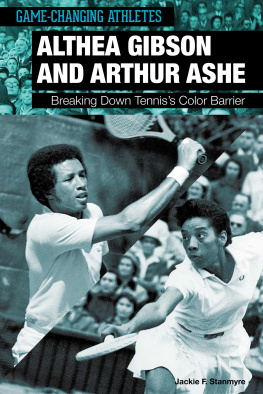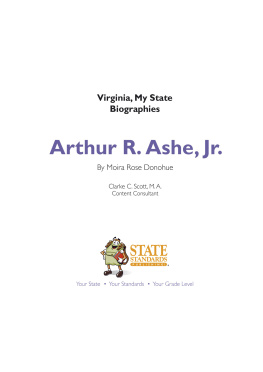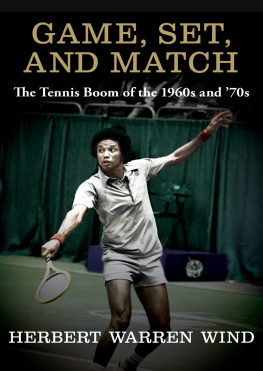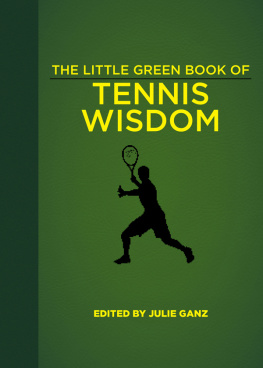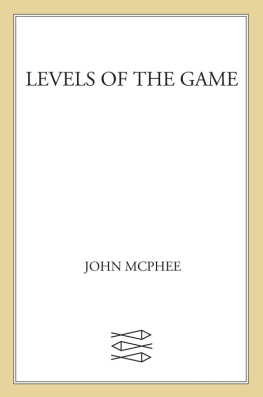Thank you for downloading this Simon & Schuster ebook.
Get a FREE ebook when you join our mailing list. Plus, get updates on new releases, deals, recommended reads, and more from Simon & Schuster. Click below to sign up and see terms and conditions.
CLICK HERE TO SIGN UP
Already a subscriber? Provide your email again so we can register this ebook and send you more of what you like to read. You will continue to receive exclusive offers in your inbox.
We hope you enjoyed reading this Simon & Schuster ebook.
Get a FREE ebook when you join our mailing list. Plus, get updates on new releases, deals, recommended reads, and more from Simon & Schuster. Click below to sign up and see terms and conditions.
CLICK HERE TO SIGN UP
Already a subscriber? Provide your email again so we can register this ebook and send you more of what you like to read. You will continue to receive exclusive offers in your inbox.
ALSO BY RAYMOND ARSENAULT
The Wild Ass of the Ozarks:
Jeff Davis and the Social Bases of Southern Politics
St. Petersburg and the Florida Dream, 18881950
Crucible of Liberty:
200 Years of the Bill of Rights
(editor)
The Changing South of Gene Patterson:
Journalism and Civil Rights, 19601968
(coeditor with Roy Peter Clark)
Paradise Lost? The Environmental History of Florida
(coeditor with Jack E. Davis)
Freedom Riders:
1961 and the Struggle for Racial Justice
(2006; abridged edition, 2011)
The Sound of Freedom:
Marian Anderson, the Lincoln Memorial, and the Concert That Awakened America
Dixie Redux:
Essays in Honor of Sheldon Hackney
(coeditor with Orville Vernon Burton)

Simon & Schuster
1230 Avenue of the Americas
New York, NY 10020
www.SimonandSchuster.com
Copyright 2018 by Raymond Arsenault
All rights reserved, including the right to reproduce this book or portions thereof in any form whatsoever. For information, address Simon & Schuster Subsidiary Rights Department, 1230 Avenue of the Americas, New York, NY 10020.
First Simon & Schuster hardcover edition August 2018
SIMON & SCHUSTER and colophon are registered trademarks of Simon & Schuster, Inc.
For information about special discounts for bulk purchases, please contact Simon & Schuster Special Sales at 1-866-506-1949 or .
The Simon & Schuster Speakers Bureau can bring authors to your live event. For more information or to book an event, contact the Simon & Schuster Speakers Bureau at 1-866-248-3049 or visit our website at www.simonspeakers.com.
Interior design by Lewelin Polanco
Jacket design by Evan Gaffney
Jacket photograph by Michael O'Neill / Sports Illustrated / Contour by Getty Images
Library of Congress Cataloging-in-Publication Data is available.
ISBN 978-1-4391-8904-7
ISBN 978-1-4391-8906-1 (ebook)
For the dearest of friends
James Oliver Horton (19432017) and Lois E. Horton
And for my beloved grandson
Lincoln Hardee Powers
PREFACE
For the past ten years, I have enjoyed playing doubles just about every Sunday morning on the soft courts of the St. Petersburg Tennis Center, where Arthur Ashe played his final match as an amateur in March 1969, the year I graduated from college. Playing under a high-blue, Florida sky with old friends: what more could one ask for, aside from a faster serve, a better backhand, and a little luck against left-handers? Of course, even Ashe had trouble against left-handers, especially his nemesis, the great Aussie Rod Laver. So I shouldnt have been surprised in January 2016, when a crafty left-handed opponent hit a drop shot that caught me off guard, causing me to lunge awkwardly, lose my balance, and fall to the groundbreaking my left wrist in two places. Embarrassed, I joked with friends that my clumsiness proved, once and for all, that I was no Arthur Ashe.
Clearly, there is only so much a biographer can learn from his subject. As my doubles partners will attest, immersing myself in all things Ashe has not improved my tennis game, and I still play with more enthusiasm than skill. On the other hand, I feel my continuing encounter with Arthur (it took me several years to reach the point where I felt comfortable referring to him on a first-name basis) has been immensely helpful in other parts of my life. Of all the historical characters I have studied during my long scholarly career, he comes the closest to being an exemplary role model. He wasnt perfect, as the chapters following will demonstrate, and he, like everyone else, was a flesh-and-blood human being limited by flaws and eccentricities. Yet, through a lifetime of challenges large and small, he came remarkably close to living up to his professed ideals.
As the first black man to reach the upper echelon of a notoriously elitist and racially segregated sport, Ashe exhibited an extraordinary strength of character that eventually made him the most beloved and honored figure in tennis. He was the Jackie Robinson of mens tennis, but unlike the great Brooklyn Dodger star he was destined to soldier on alone throughout his playing career. On the mens tour of the 1960s and 1970s, there was no counterpart to Robinsons black peersno Lary Doby, Willie Mays, or Hank Aaron. Though shy and generally reticent into his mid-twenties, Ashe took a sharp turn toward activism in 1968 and never looked back. By the close of his career, he had become a model of cosmopolitanism and a self-proclaimed citizen of the world, earning almost universal respect as a forceful civil rights activist, an independent-minded thinker and writer, a humanitarian philanthropist, and an unrivaled ambassador of sportsmanship and fair play. More than any other athlete of the modern erawith the possible exception of Muhammad Alihe transcended the world of sports.
Arthur had a positive impact on virtually every part of the world he touched by adhering to a stringent code of personal ethics, an uncommon generosity and empathy in his dealings with all who crossed his path, a passionate belief in the salvific power of education and intellectual inquiry, an extraordinary work ethic, and a deep commitment to social and civic responsibility. Add his zest for life and capacity for true friendship and you have the full package of commendable personal traits. He did not live very longdying five months short of his fiftieth birthdaybut he jammed as much meaningful activity into his relatively brief lifetime as was humanly possible.
Ashes remarkable saga deserves a full biographical treatment that balances text and context, while paying careful attention to the multiple dimensions of his life. At its core, Arthur Ashe, A Life tells the story of an African American tennis player who overcame enormous obstacles to become one of the most successful and influential athletes of the twentieth century. Yet it also examines the lives of hundreds of other supporting charactersall connected in some way with Ashes struggle and ascent. Written in the form of a braided narrative, the analysis twists and turns through a series of interrelated stories involving Ashe, his contemporaries, and the profound economic, social, cultural, and political changes that marked the half century following the close of World War II.
These stories developed against a complex backdrop that included militarization and the Cold War, the African American freedom struggle, major waves of feminism and antiwar sentiment, wrenching challenges to the industrial order, consumption on an unprecedented level, revolutionary changes in the role of television and mass media, and the maturation of celebrity, sports, and leisure as all-encompassing phenomena. Accordingly, this book presents an extended meditation on three of the most important themes in modern American historythe consequences of racial discrimination, the movement to overcome that discrimination, and the emergence of professional sports as a dominating cultural and commercial force.
Next page


